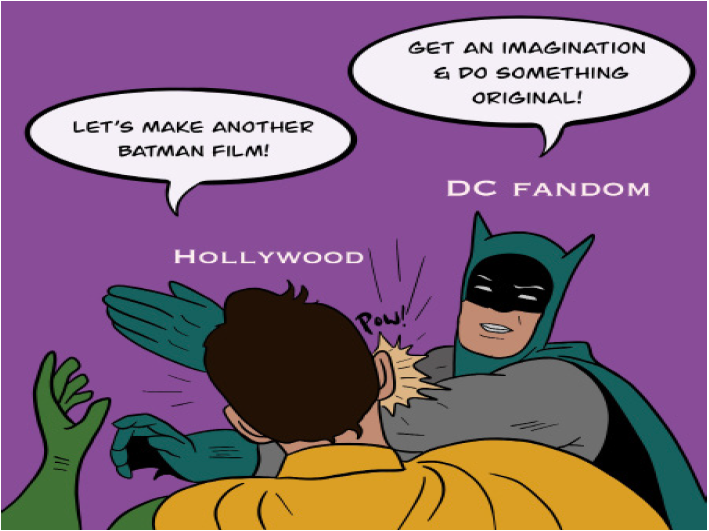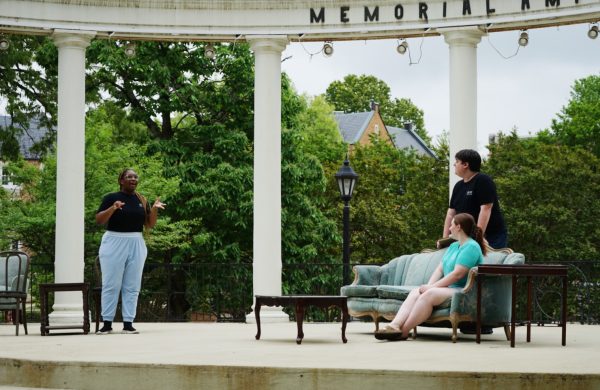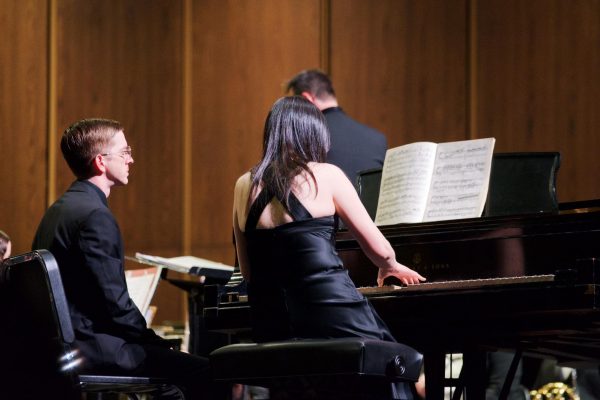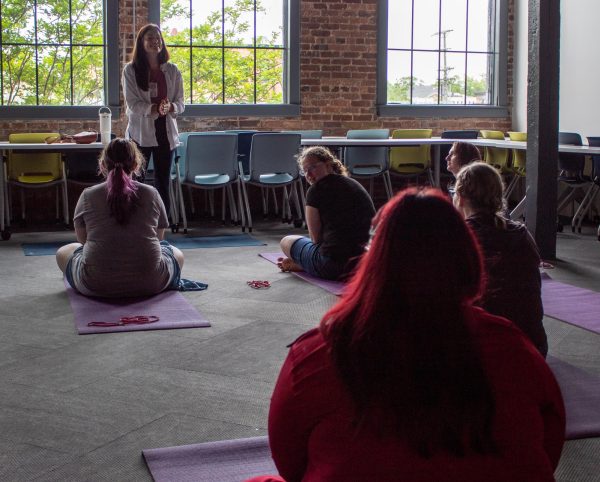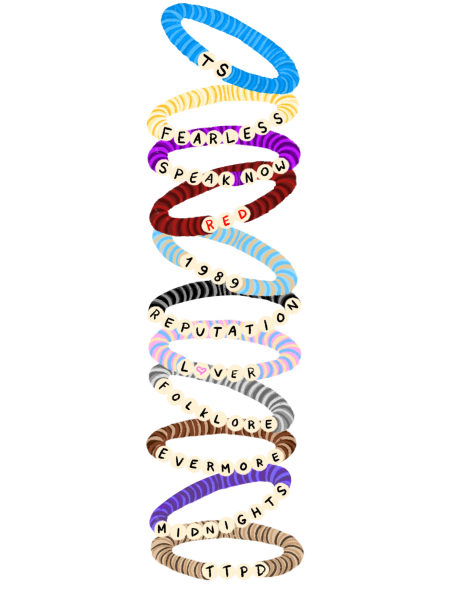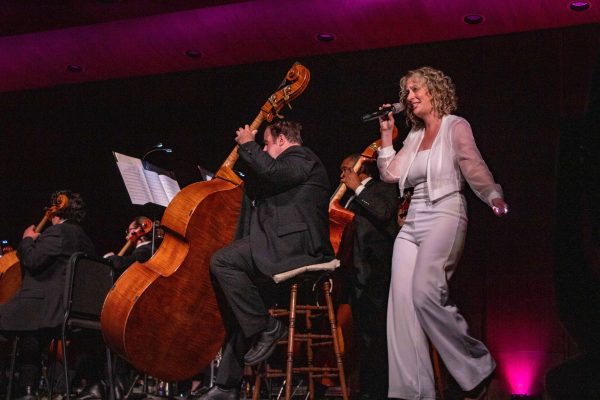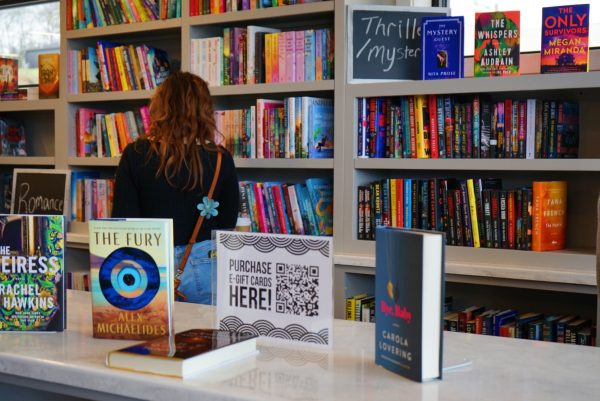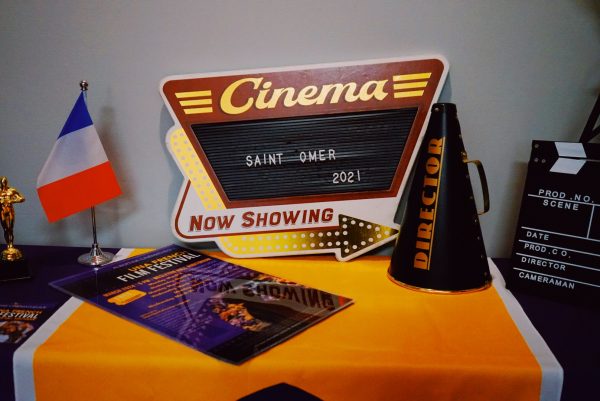The fall of the original film
October 1, 2020
This year has been different in a number of ways. One thing the public has had unavailable is movie theaters. While this is in no way one of the more extreme items unavailable to individuals, it is a widely felt loss. Movie theaters are opening back up now, though, and films set to come out over the summer are being given release dates. Something viewers have noticed, however, is the sheer number of sequels that were moved back. Why is there such a lack of big budget original films, and how long has this trend been occurring?
Films that were set to release in theaters this summer include “Mulan,” “Candyman,” “Trolls: World Tour,” and “Ghostbusters: Afterlife.” While these films appeal to different audiences, there is one similarity. They are all sequels and remakes. This is only a small selection of the movies affected by the pandemic, but it is representative of a majority of the highest budget films that were anticipated.
The lack of original film has been a long time coming, and a number of factors have led to it. One of the commonly cited origins of this trend, however, is Christopher Nolan’s 2005 blockbuster “Batman Begins.” How did this fifteen year old comic book adaptation lead to the massive influx of remakes and reboots audiences have been subjected to? It’s not as difficult as one might think.
In 2005, when the first of Nolan’s “The Dark Knight Trilogy” was released, it was a change in the film industry: it was one of the first big-budget superhero films. To today’s audiences, inundated to the release of anywhere from three to seven blockbuster films per year, this could be a strange thought. In fact, that is the reason that modern filmgoers have had to adapt to the sheer volume of superhero films. Nolan’s Batman films can be thought of like an experiment. The rest of Hollywood was watching how these movies were received. When the second installment was released in 2008, “The Dark Knight,” it made the short list of highest grossing films in American history.
Due to the undeniable success of Nolan’s films, the rest of the movie industry saw an opportunity. By giving audiences characters they are already familiar with, filmmakers are almost guaranteed success. It is easy to see why this almost surefire strategy was adopted so quickly. In Hollywood, the success or failure of a movie can seem like luck. What audiences like is difficult to be sure about. When given something with such a high success rate, the film industry was understandably excited.
As previously mentioned, “The Dark Knight” was released in 2008. The next year, Disney bought the rights to Marvel comic characters (aside from the ones Sony had the rights to, which is another story entirely). Thus began the Marvel Cinematic Universe, which has, according to statista.com, made 22.55 billion dollars as of April of this year.
Disney is not one to stop at half measures, however. Whether the idea came from the success of remaking films using already known characters came from the superhero films or not, the media giant released “Maleficent” in 2014. The slightly darker reimagining of the animated “Sleeping Beauty,” was one of the five highest grossing films of the year.
“Maleficent” was to animated classics as “The Dark Knight Trilogy” was to comic book movies. Having seen the massive success of reviving familiar and beloved characters, Disney decided to continue the trend. One might remember the late twentieth century and early twenty-first century when Disney released a number of straight-to-VHS sequels to these animated films. Overall, these films were not successful. This was changed entirely with the release of “Maleficent.”
After seeing the success of this new experiment, Disney began to release more live-action remakes of existing animated films. Critical and audience reviews of these films have been less than complimentary, but they have overall done well at the box office.
These factors have all combined to make movie studios continuously pull their ace-in-the-hole: reintroducing existing characters in a new film. Some people feel this has gotten out of hand, however. Upcoming films such as “Ghostbusters: Afterlife” and “Top Gun: Maverick” seem to be looking for a nostalgia factor. Whether this succeeds with newer generations remains to be seen, but this author is getting tired of studios that seem afraid to step into the “danger zone” with original stories and characters.


